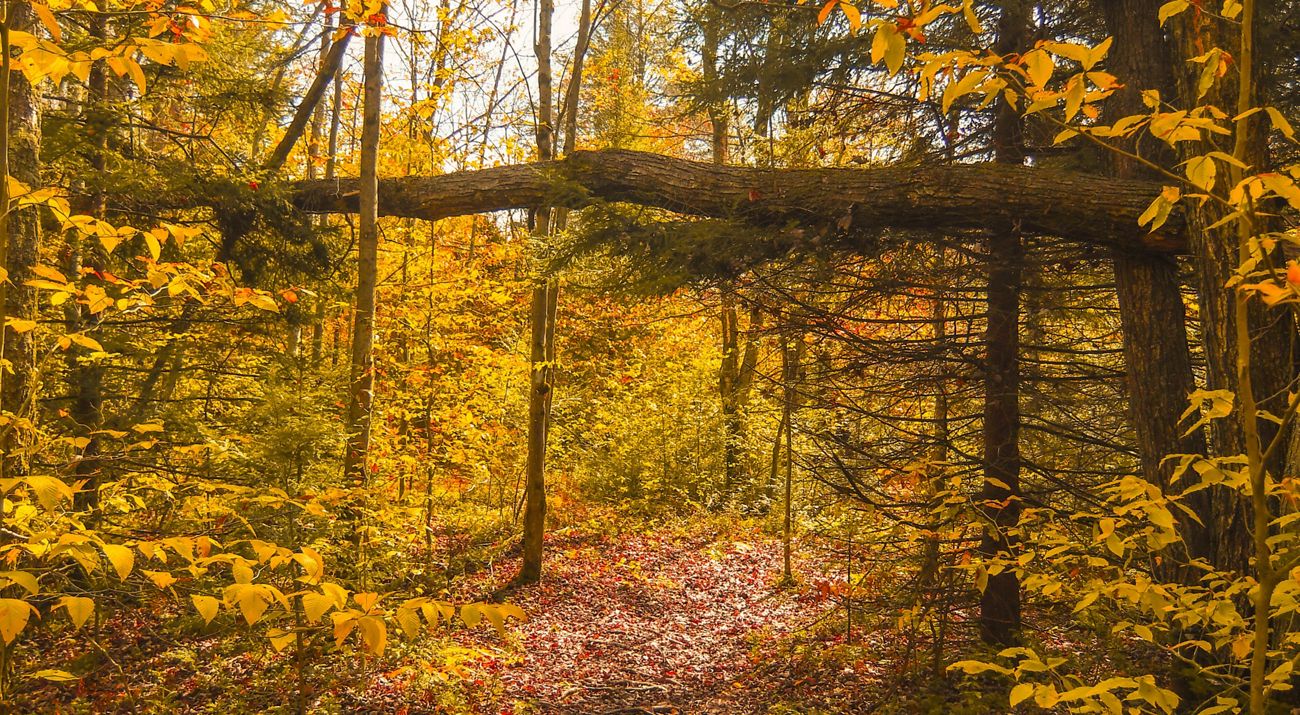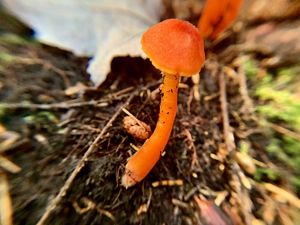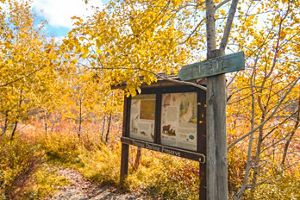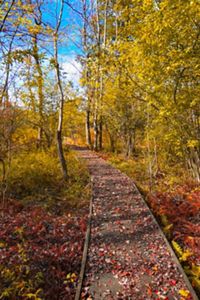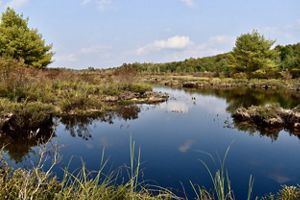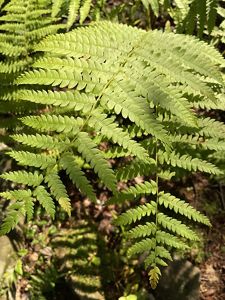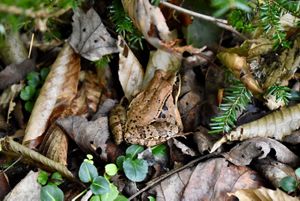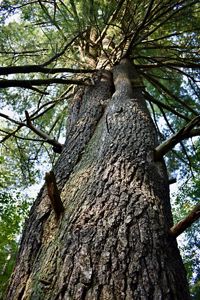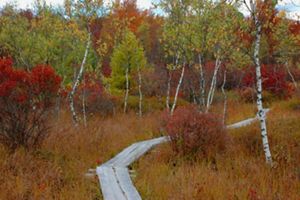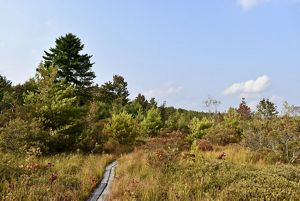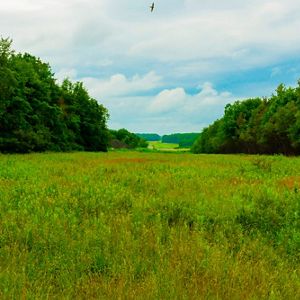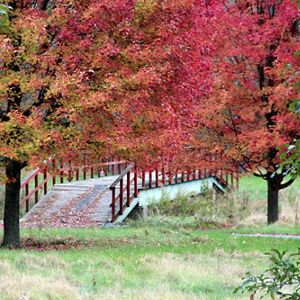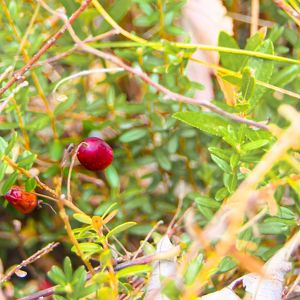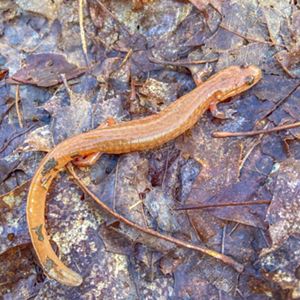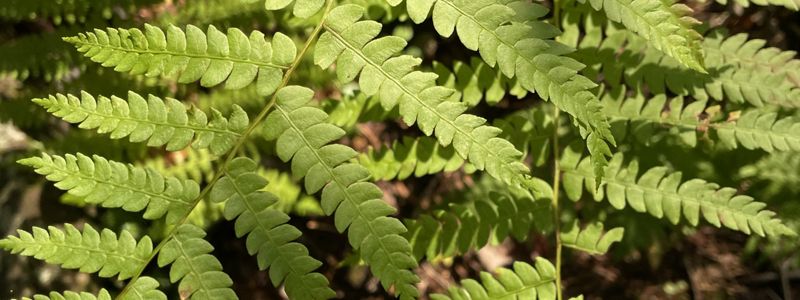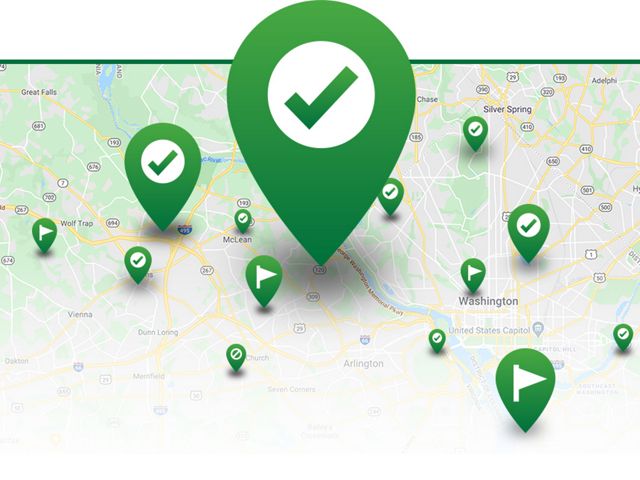Description
Named for Wilkes-Barre naturalist Thomas Darling, Jr., this preserve attracts interest in every season. In spring, large sweet viburnum shrubs decorate the preserve with white, flat-topped flowers releasing a musty odor that earns them the nickname of sheepberry. And sheep laurel and bog laurel thrive in the preserve’s acidic soils.
During autumn, the landscape bursts with cotton grass, along with a colorful palette of wildflowers and blueberries. Year-round, spongy sphagnum moss blankets an array of swamps, fens, bogs and wet meadows encircled by stands of balsam fir, tamarack and one of Pennsylvania’s largest native spruce forests.
For more than 20 years, The Nature Conservancy has managed this largely wooded and undeveloped landscape. Together with partners, TNC continues to seek opportunities to acquire additional property to expand the preserve, enhancing opportunities for outdoor recreation and protecting the natural legacy of this region.
